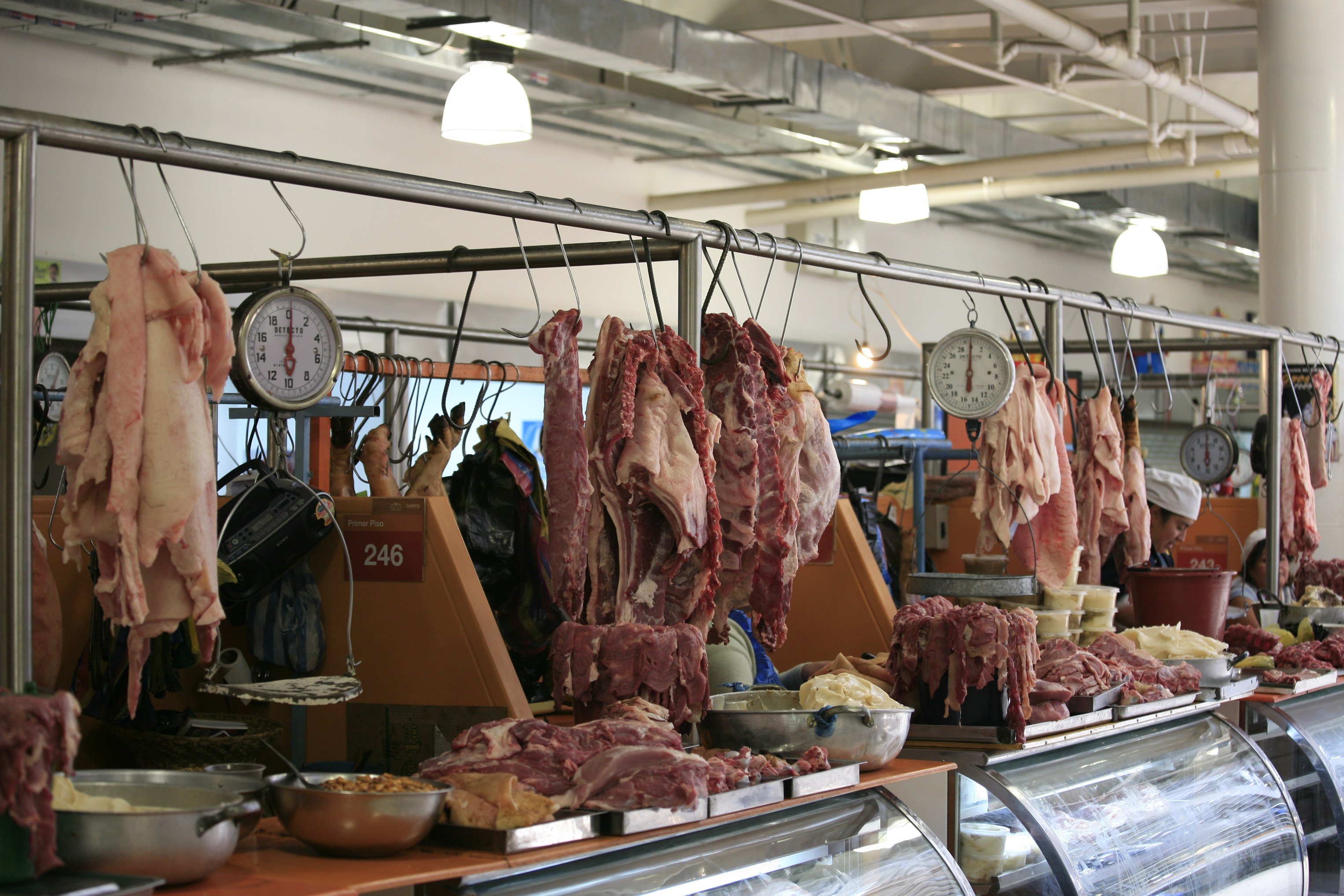Why Bagley Farms Meat Market Edwardsville IL Is the most effective Selection for High Quality Meats
Why Bagley Farms Meat Market Edwardsville IL Is the most effective Selection for High Quality Meats
Blog Article
Uncover the Art of the Butcher's Cut in a Modern Meat Market
In the ever-evolving landscape of modern-day meat markets, the butcher's cut has transcended its standard roots, combining age-old craftsmanship with modern methods. What absolutely sets the modern-day butcher apart is their ability to build a deeper link in between consumers and the beginnings of their meat.
Evolution of Butchery Methods

The mid-20th century saw butchery techniques better improved by scientific insights right into muscle mass biology and meat aging, improving both tenderness and preference. Advancements like vacuum packaging and refrigeration expanded item shelf-life, permitting butchers to expand offerings and enhance quality assurance. This duration likewise marked the surge of specific equipment, such as band saws and meat slicers, which raised accuracy and efficiency in meat handling.
Digital systems now help in monitoring animal provenance and enhancing cuts to fulfill particular consumer preferences. Furthermore, a rebirth in artisanal butchery has arised, mixing traditional skills with modern-day knowledge to cater to customers looking for ethical and sustainable meat choices.

Understanding Meat Cuts

Recognizing the complexities of meat cuts is essential for both butchers and customers seeking top quality and value. For butchers, precise cuts show skill and regard for the craft, guaranteeing marginal waste and ideal return.
The key categories of meat cuts consist of primal, sub-primal, and retail cuts. Primitive cuts, such as the loin, rib, and chuck, are the big areas at first separated from the carcass. Butchers after that break these down better into sub-primal cuts, before finally creating retail cuts available to customers, like ribeye or tenderloin. Each phase requires cautious attention to anatomical framework and muscle structure.
Recognizing muscular tissue composition is critical; muscles used extra often by the animal tend to be harder and are best suited for slow-moving food preparation methods, while less-used muscle mass, like those discovered in the loin, are extra tender and suitable for barbecuing or roasting. Experience with these distinctions equips customers to make enlightened options, enhancing their cooking ventures.
Choosing Top Quality Meat
Picking the best meat involves even more than just selecting an aesthetically appealing item from the screen. The art of selecting top quality meat needs a critical eye and understanding of particular features that symbolize freshness and quality.
Secondly, take into consideration the marbling, which refers to the white streaks of fat within the muscle mass. Correct marbling is an essential indicator of tenderness and taste, as it melts throughout cooking, boosting the meat's juiciness. Keep in mind, greater marbling typically associates with superior top quality cuts, such as USDA Prime.
Texture is an additional crucial variable; meat ought to really feel firm to the touch, not slimy or extremely soft. Furthermore, be conscious of the scent. Fresh meat needs to have a clean, neutral odor, devoid of any type of sour or repulsive odors.
Combining Cuts With Food Preparation Techniques
Efficiently matching cuts of meat with the proper cooking methods is necessary for attaining optimal flavor and texture. These methods enhance the meat's all-natural tastes and ensure a juicy finish.
Conversely, tougher cuts like brisket and chuck roast are abundant in collagen, which damages down into jelly when prepared gradually. These cuts are excellent for braising or slow-moving roasting, permitting the meat to soften gradually and establish deep, complex flavors. Similarly, cuts such as brief ribs and pork shoulder prosper with slow-cooking techniques, where prolonged cooking times transform their robust appearances right into succulent dishes.
Lamb shanks and oxtail, which need extended cooking to soften, are best candidates for cooking or slow-moving simmering. These techniques coax out rich, passionate flavors while maintaining dampness. By comprehending the unique characteristics of each cut, cooks and home cooks alike can elevate their cooking developments, guaranteeing each dish is both pleasing and memorable.
The Butcher's Duty Today
Browsing the developing landscape of the modern-day meat market, the butcher's function today extends past mere prep try this website work of cuts. Contemporary butchers are culinary craftsmens, educators, and supporters for sustainable methods. They bridge the void between the ranch and the fork by guaranteeing moral sourcing, comprehending pet husbandry, and prioritizing openness in the supply chain. This shift shows the growing consumer need for quality over amount, where provenance and animal welfare are extremely important.
Along with crafting precise cuts, butchers currently involve directly with customers, using cooking suggestions and tailoring selections to fit specific needs and preferences. Their knowledge in meat aging, marbling, and taste accounts empowers consumers to make enlightened decisions, enhancing their cooking experiences. This tailored service exemplifies the butcher's progressing role as a trusted consultant in the kitchen area.
Moreover, butchers are critical in lessening waste, utilizing entire pets to produce diverse products such as sausages and supplies - bagley farms meat market edwardsville il. This comprehensive strategy not just appreciates the animal yet also aligns with contemporary sustainability goals. This way, the modern-day butcher personifies both practice and innovation, adapting to an ever-changing here are the findings market while preserving the artistry and integrity of their craft

Conclusion
The modern butcher's craft elaborately weaves conventional strategies with contemporary developments, stressing sustainable techniques and honest sourcing. Mastery in comprehending diverse meat cuts and top quality indicators encourages butchers to supply informed suggestions, aligning certain cuts with optimal food preparation methods. This experience not only boosts culinary experiences yet also reinforces the connection between customers and the origins of their food. By weblink recognizing historic practices while welcoming contemporary demands, the butcher's duty remains crucial in today's sophisticated meat market.
Report this page